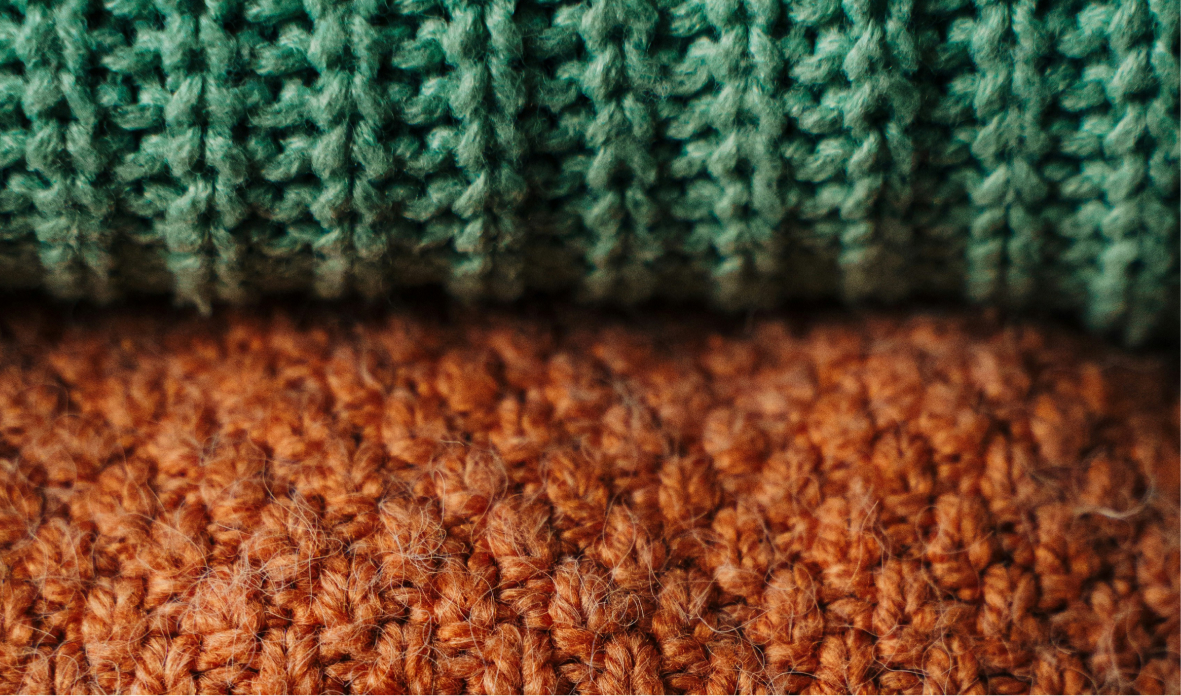How to Save Money and Skip Back-to-School Shopping

Join the community





An average American family spends $600 per child on their back-to-school supplies. And it’s understandable. It’s easy to get carried away by pervasive advertisements such as “Don’t miss these early back-to-school deals” and “Brand new backpacks for just $5” and buy more than we need. But all this shopping hurts our pockets and the planet.
There are ways to avoid these impulse purchases and overconsumption Here are 5 ways through which you can have a greener back-to-school season:
Make a list of the supplies you already have
Start by taking an inventory of what your child already has and its condition. If the existing lunchbox, backpack, or even pens, pencils, and notebooks are in working condition, you can reuse them. This will reduce waste, help you save money, and prevent more resources from being exploited to make new products.
Get stuff from friends and family
Ask friends and family if they have any of the items in your school supply list that they'd be happy to give away. You can also check out Buy Nothing groups if anyone in your neighborhood has school supplies they aren't using. You can also give away things you don't need anymore. Another option is to gather a few people from your neighborhood and organize a clothing swap. People can bring some of the school supplies they no longer need and trade them with other people.
Explore secondhand options
Finding secondhand back-to-school items, like clothing, backpacks, lunch boxes, books, and sports equipment, is easier than you might think. Check out thrift stores, specialty stores, and consignment shops. Marketplaces like thredUP, PoshMark, and Facebook Marketplace are also great for discovering pre-loved stationery and office supplies. For electronics such as calculators, laptops, or tablets for school, check out refurbished options from Back Market and Swappa that are affordable and planet-friendly.
Repair what you can
There might be supplies from last year, like a torn pencil case, that need a little touch-up. Instead of discarding them and adding them to landfills, try repairing them. Here are The Basics of Mending Your Clothes that you can use to extend the life of clothes. The online world is full of repair videos for almost everything. Get your kids involved in the repair work as well.
Look for sustainable materials and brands
{{cta-join3}}
When buying new supplies, choose quality over quantity. Cheap products might seem like a great deal but they often don’t last, causing more waste. Opt for durable items, even if they cost more; they need fewer replacements, reducing overall waste. Sustainability also means choosing planet-friendly materials like metal, wood, or recycled plastic. Support brands that prioritize sustainability and ethical practices by selecting products made from recycled materials or renewable resources. Here are some we recommend.












